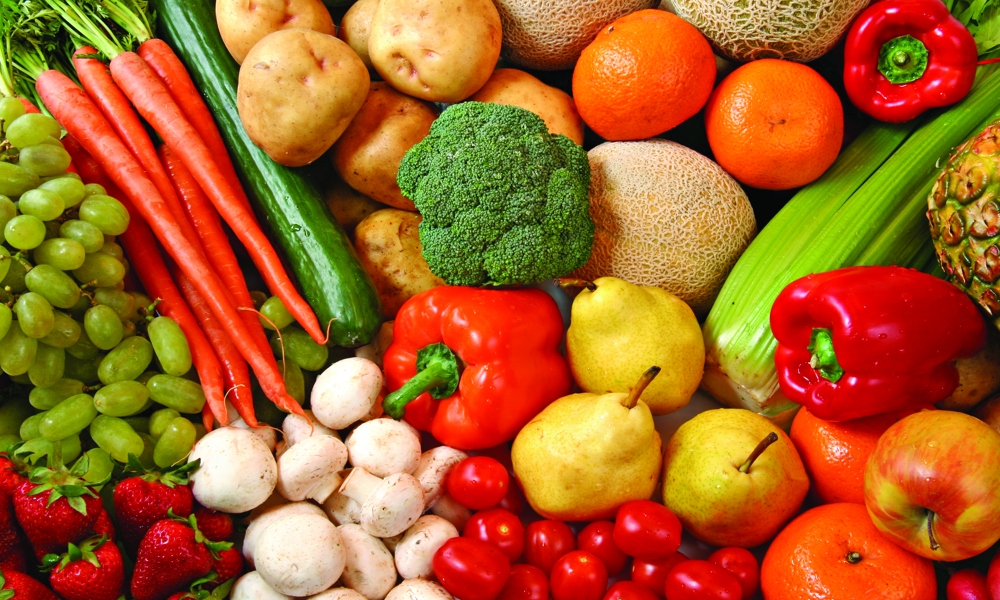Sports Nutriton
Gather knowledge about these common food allergies
Common food allergies
It is common to have a bad reaction towards foods what we eat. Food allergies result when your immune system mistakes a food you have eaten for an invader. Instead of digesting the food and using it as nourishment, the human body launches an attack. In their most severe form, food allergies can cause life-threatening anaphylaxis.
They are extremely common. In fact, they affect about 5% of adults and 8% of children and these percentages are rising. Interestingly, although it is possible for any food to cause an allergy, most food allergies are caused by few foods.
Symptoms Of Food Allergy:
- Swelling of the tongue or throat
- Breathing problems including asthma
- Vomiting or diarrhea
- Skin rash
- Hives
- Abdominal pain.
In severe cases, the allergic reaction can result in a drop in blood pressure, loss of consciousness, or death.
Here are most common foods that cause allergies
1. Peanut Allergy

It is one of the most common food allergies, peanut allergy is also one of the most dangerous. Peanuts are one of the foods that most likely to cause anaphylaxis and peanut allergies are on the rise.
Symptoms of a peanut allergy can include eczema; stomach cramps; hives; diarrhea; vomiting; a runny nose; watery eyes; sneezing; itchy, and asthma symptoms, such as wheezing, coughing, and difficulty breathing. In its most severe form, peanut allergy can cause within minutes and then sudden allergic reaction anaphylaxis.
2. Tree Nut Allergy

Tree nuts are, as their name suggests, that nuts grow on trees. They include almonds, hazelnuts, Brazil nuts, pistachios, walnuts, and cashews.
Tree nut allergies are similar to peanut allergies in that they may cause severe reactions and usually last a lifetime. Even fewer kids with tree nut allergies than with peanut allergies ever outgrow them.
People with tree nut allergies are frequently allergic to more than one kind of tree nut, so they are advised to avoid all nuts.
3. Milk Allergy

Cow’s milk is the most common allergy in infants and also in young kids. About 2.5 percent of infants and children younger than age three are allergic to milk.
Milk allergy symptoms are variable and can range from mild to severe. Some individuals cause the reaction after ingesting only a tiny bit of milk, while others may drink a moderate amount and react only slightly. Mild reactions tend to take the form of hives and severe reactions can include anaphylaxis.
4. Egg Allergy

Egg allergies are also common in kids and adults, second only to milk. Luckily, most children outgrow their egg allergy by an age five. Those who are sensitive react to the proteins in the white of the egg. Symptoms of an egg allergy range from mild skin reactions to severe anaphylaxis.
5. Soy Allergy

Soy is another common food allergen, especially in infants and children. About 0.5 percent of children may have this soy allergy. Some kids outgrow it by age three and the majority outgrow it by age 10.
Soybeans are legumes that having a soy allergy does not make someone more likely to have an allergy to another legume, such as peanuts, however.
Symptoms of a soy allergy may include hives, eczema, canker sores, itching, abdominal pain, diarrhea, nausea, vomiting or dizziness. Edamame
6. Fish and Shellfish Allergy

Like peanut allergies, fish and shellfish allergies often stick with people to their entire lives. In fact, seafood allergy is one of the top food allergies among adults.
Seafood, those with fins are the most allergenic, with tuna, salmon, and halibut being the worst offenders. People who are allergic to one type of fish are frequently also allergic to another.
In addition, because fish and shellfish allergies can cause anaphylaxis.
7. Wheat Allergy

Wheat allergies are also most commonly show up in kids, who usually outgrow them by age three. And just as a milk allergy should not be confused with a lactose intolerance, wheat allergy should not be confused with few celiac diseases or gluten intolerance, which is a sensitivity to the sticky protein.
In someone with celiac disease or with wheat gluten intolerance, there may be an abnormal immune system reaction to gluten Left untreated, a celiac disease which may lead to malnutrition and a serious damage to your intestines, so it’s important for people who suffer from it to avoid wheat.
8. Corn Allergy

The most profitable crop in the country is corn and corn are used in almost everything these days. Corn allergies may cause symptoms such as rash, runny nose, hives, nausea, vomiting, diarrhea, headaches, cramps, sneezing, and asthma.
Natural remedies for food allergy
When you are suffering from food allergies, make sure to consult your doctor for the proper diagnosis and treatment. You can use the home remedies as an adjunct treatment.
Here are the top home remedies to treat food allergies.
1. Avoid Food Allergens
A key part of relieving the symptoms of food allergies is identifying the foods responsible for the distress and eliminating them from your routine diet.
To identify common food allergens, write down everything you ate or drank in the 2 to 3 days prior to allergic symptoms appearing. Then, look for foods that are new to your body. Avoid such foods completely until your condition gets to improve.
You can re-introduce the food allergen slowly into your diet, but only after you recover completely. If the allergen causes symptoms again, it is best to avoid that food completely.
2. Apple Cider Vinegar

Due to its antihistamine and other medicinal properties, apple cider vinegar may help fight many of the symptoms of food allergies.
It helps to restore several nutrients in the body, which in turn regulates the body’s immune response. Moreover, it helps in restore an alkaline pH in the body.
- Add 1 tablespoon of raw, organic, unfiltered apple cider vinegar to a glass of lukewarm water.
- Mix in 1 teaspoon of raw honey and also lemon juice to it.
- Drink this juice 2 or 3 times daily until you feel better.
3. Ginger
Ginger is effective for treating various gastrointestinal discomforts associated with food allergies. It’s an anti-inflammatory, antioxidant and antibacterial properties can curb nausea, vomiting, digestive spasms, indigestion as well as diarrhea.
Drink 2 to 3 cups of ginger tea. To make the tea, simmer a few slices of ginger in 2 cups of boiling water to 10 minutes. Strain, add honey for taste and drink this warm tea.
4. Green Tea

Green tea is also one of the best home remedies for treating stomach symptoms associated with food allergies. It also helps your digestive system to function properly as well as it boosts your immune system.
- Put 1 to 2 teaspoons of good quality green tea in a cup and pour hot water into it.
- Cover and allow it to steep for a few minutes.
- Strain, then and add some honey and lemon for taste.
- Drink 3 to 4 cups of green tea throughout the day.
Treating a Food Allergy Reaction
Unintentional exposure
When you have few food allergies, you must be prepared to treat an unintentional exposure. Talk to your healthcare professional and plan to protect yourself by taking few of the following steps:
- Wear a medical alert bracelet or necklace
- Seek medical help immediately if you are having symptoms.\
Mild symptoms
Talk to your healthcare professional to find out what medicines can relieve mild food allergy symptoms that are not part of an anaphylactic reaction. However, be aware that it is very difficult to know what reactions are mild and which may lead to severe reactions.- Ways to manage your food allergy after a diagnosis
- The guidelines recommend that you read food labels carefully.
Food allergies and sensitivities are adverse reactions that can affect a significant number of people in the overall population. The symptoms of any specific type of food allergy or food sensitivity are manifested only in a small segment of the total population. As a result of the individualistic nature of these illnesses, the public does not tend to a view these illnesses as a major health concern. However, food allergies, and to a lesser extent, food intolerances are an increasingly important concern for food manufacturers.




